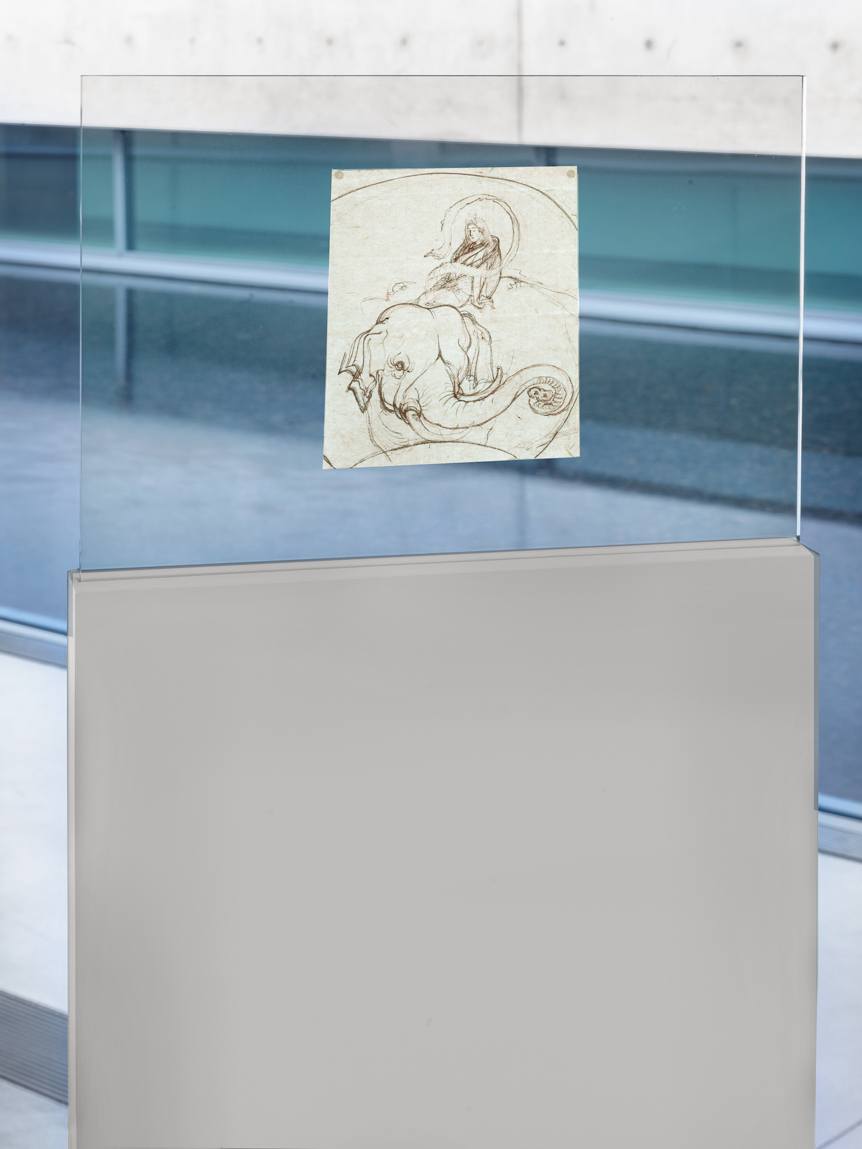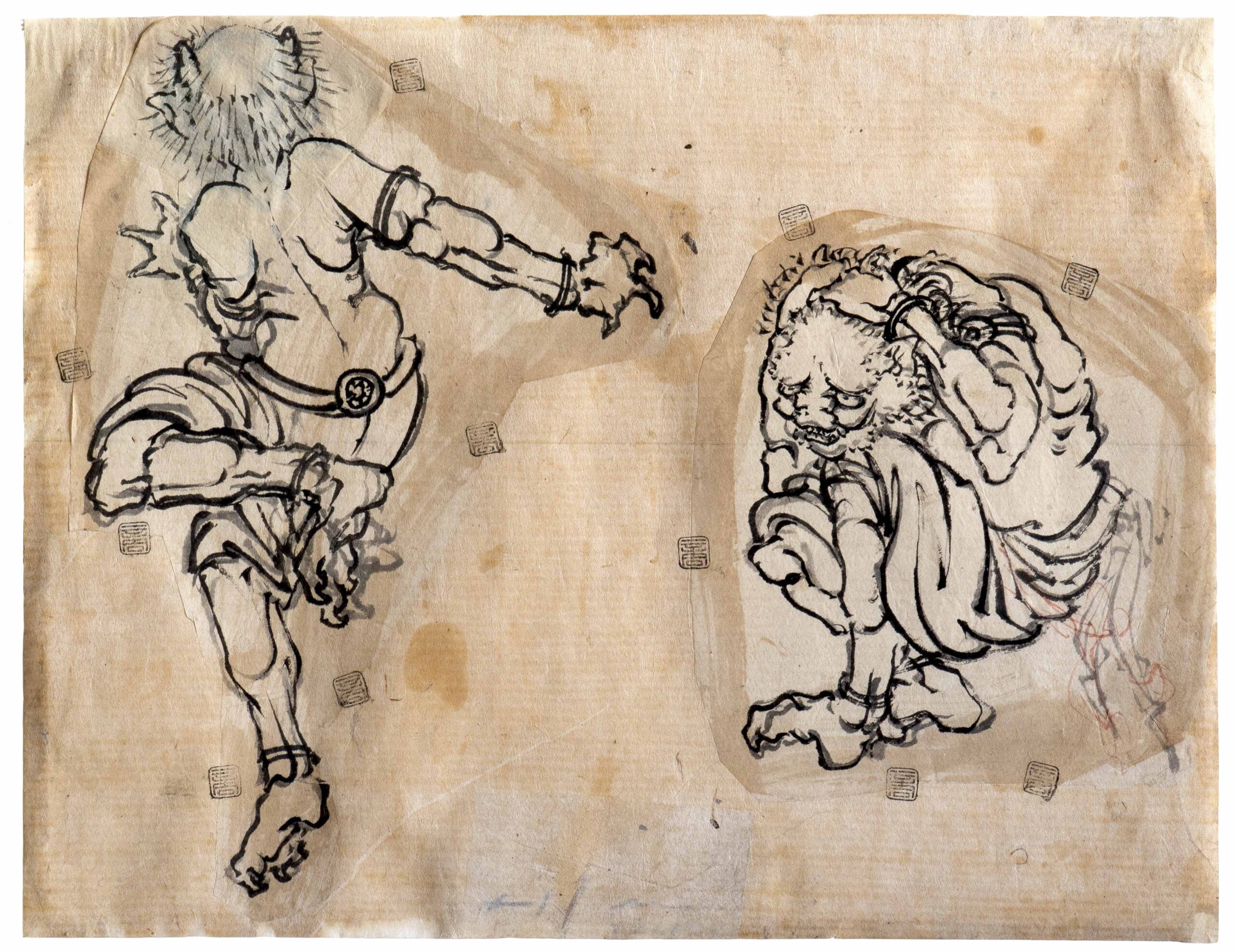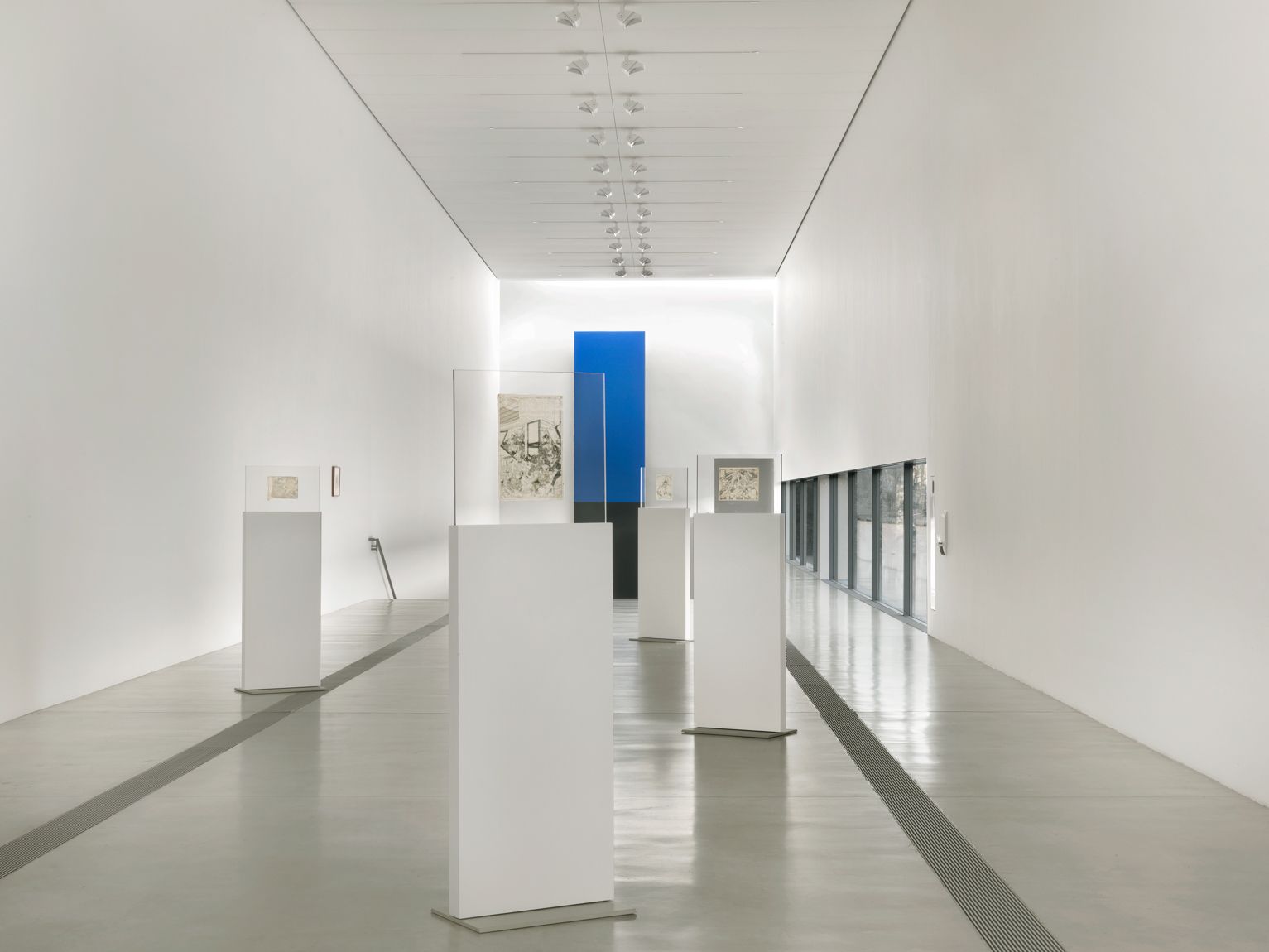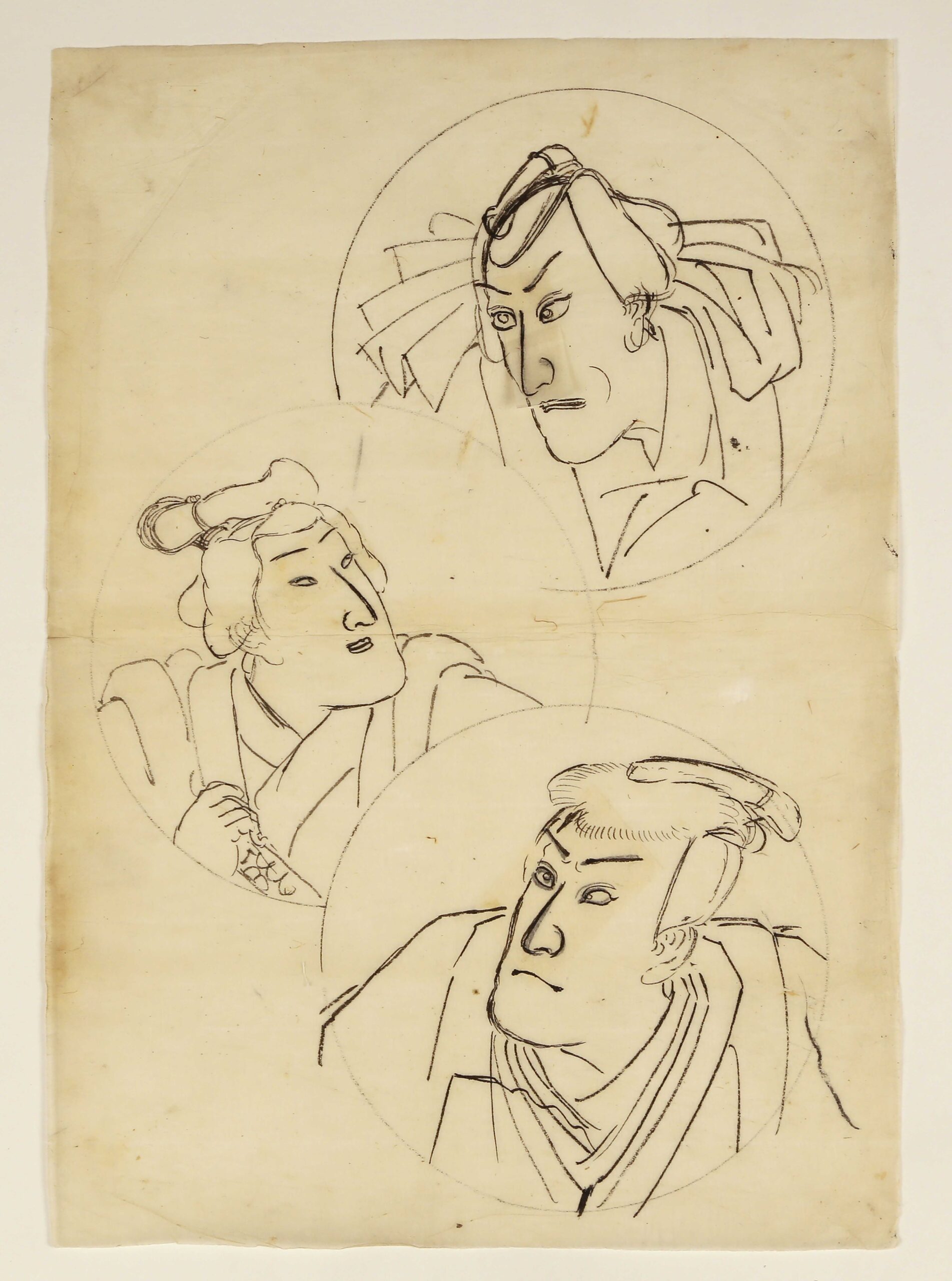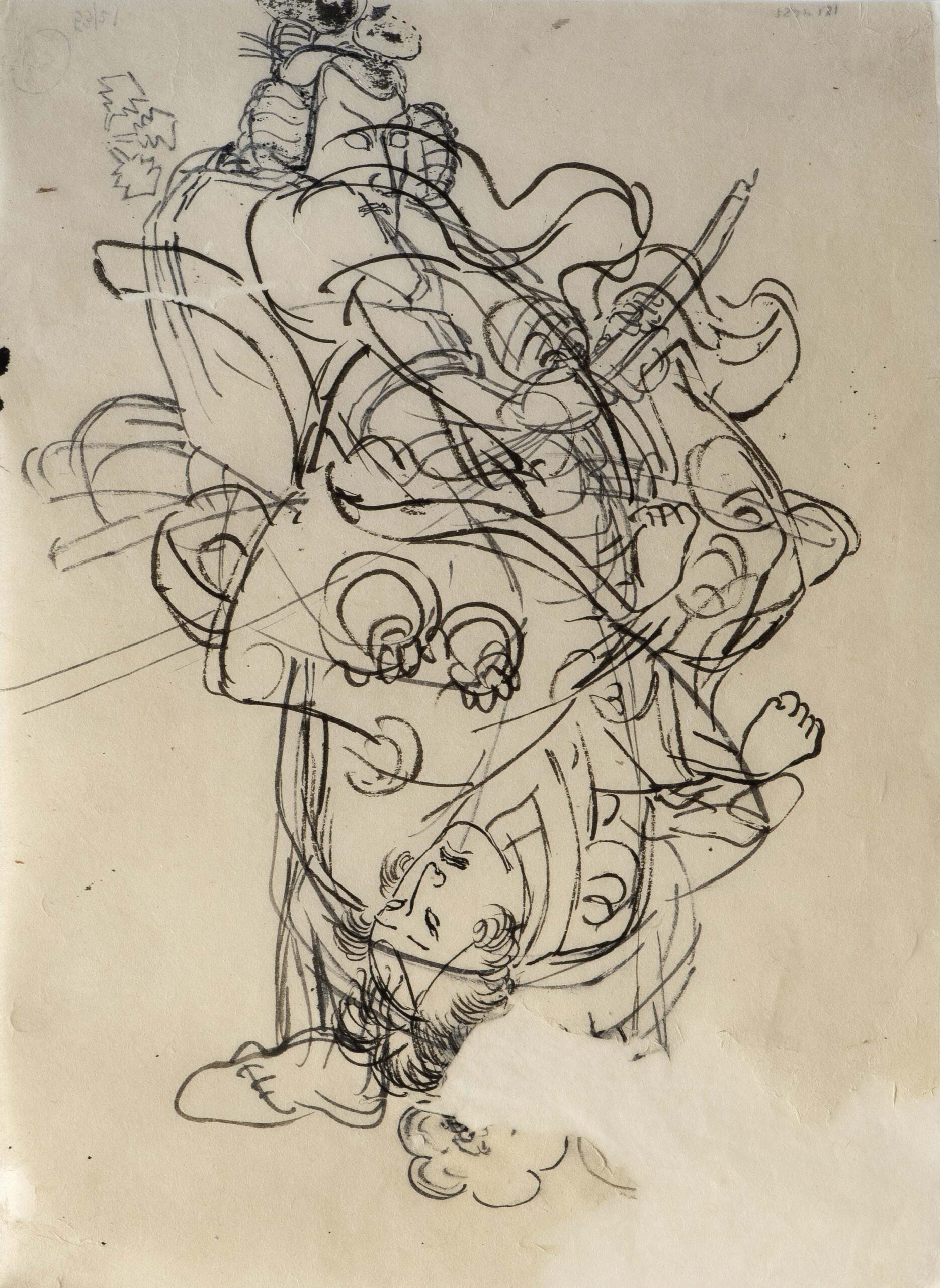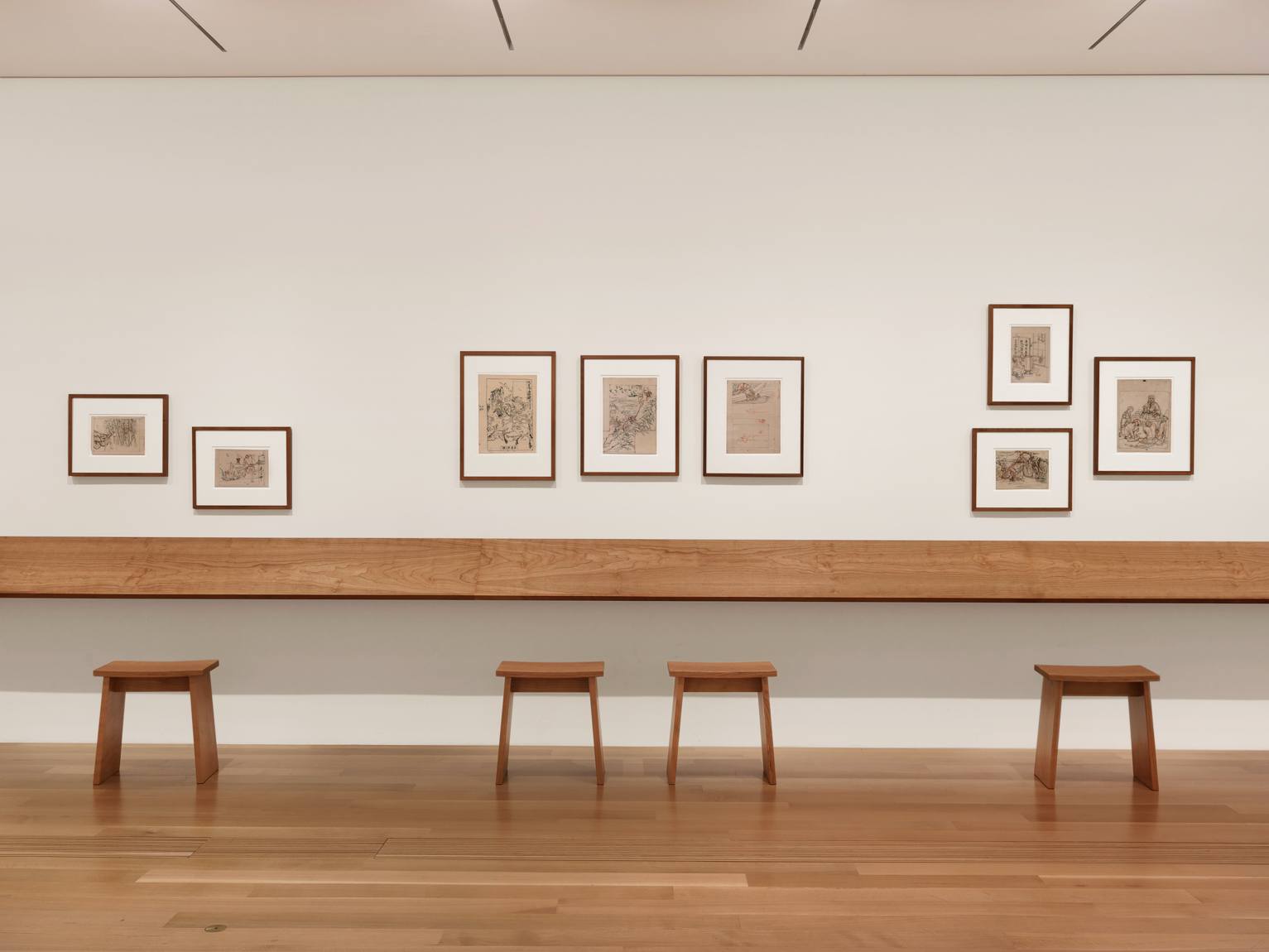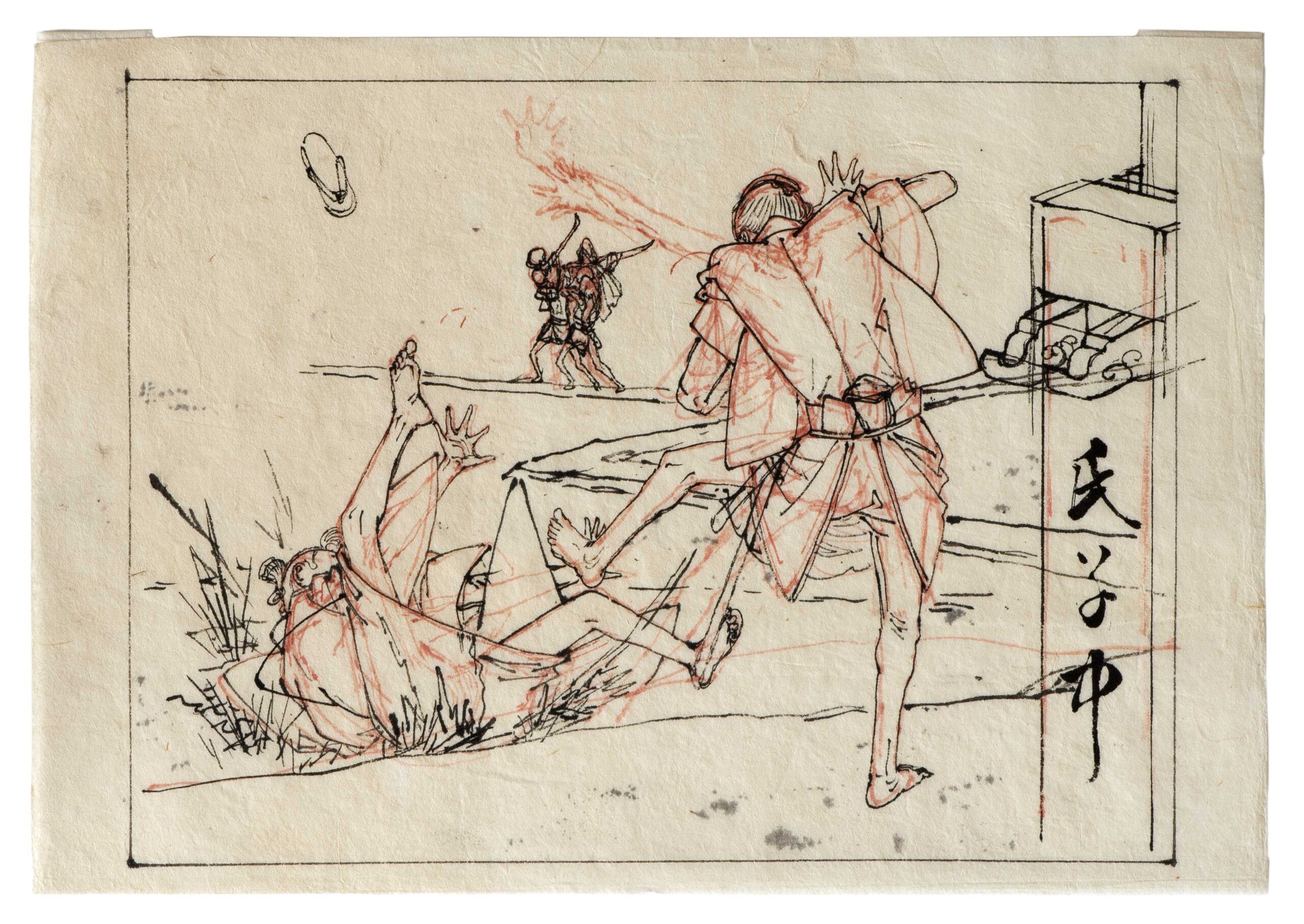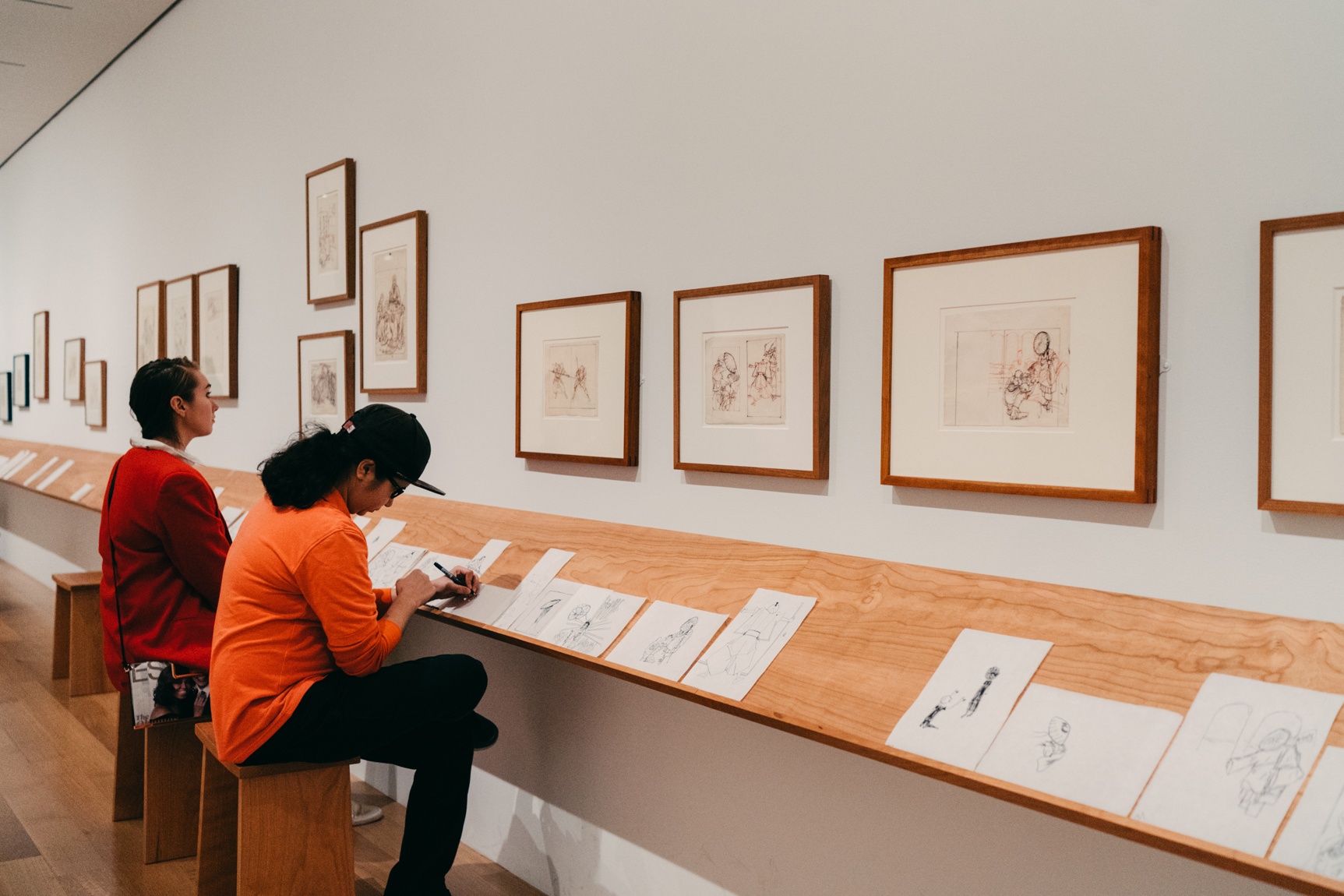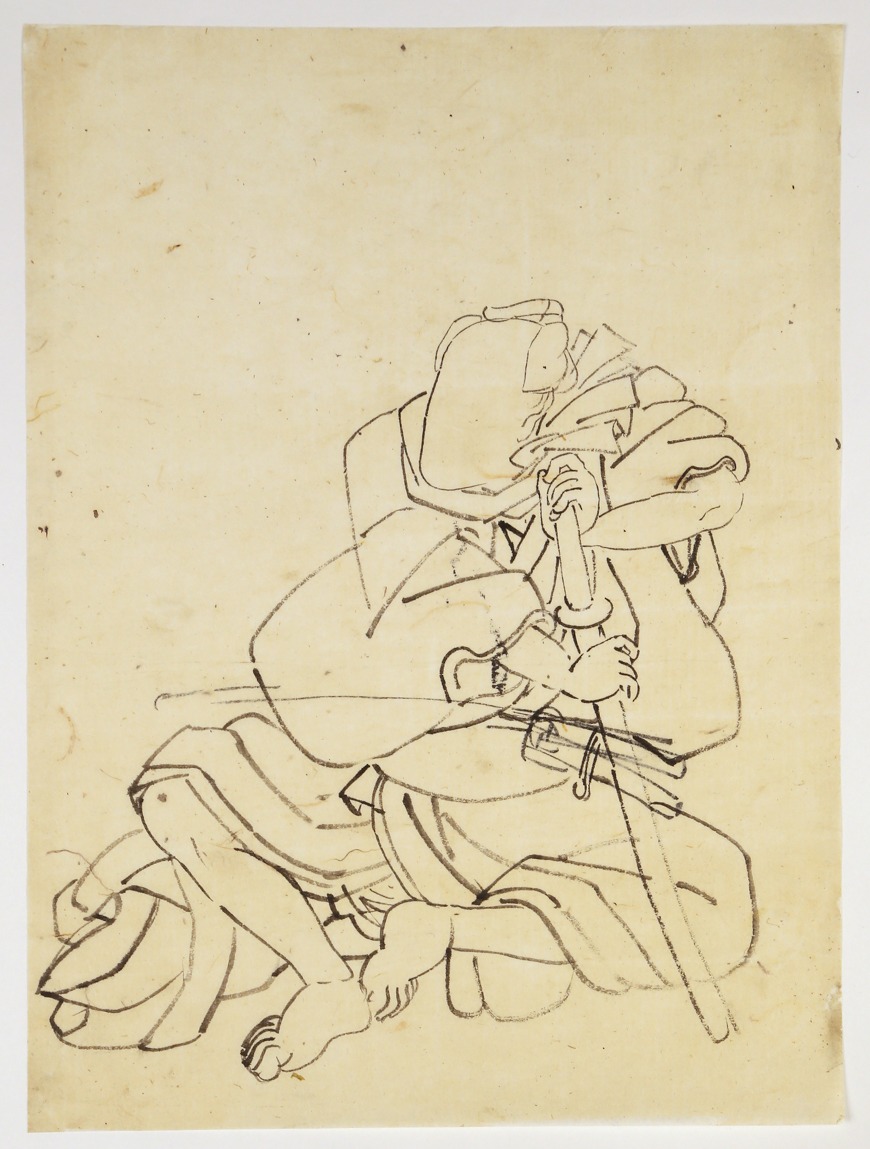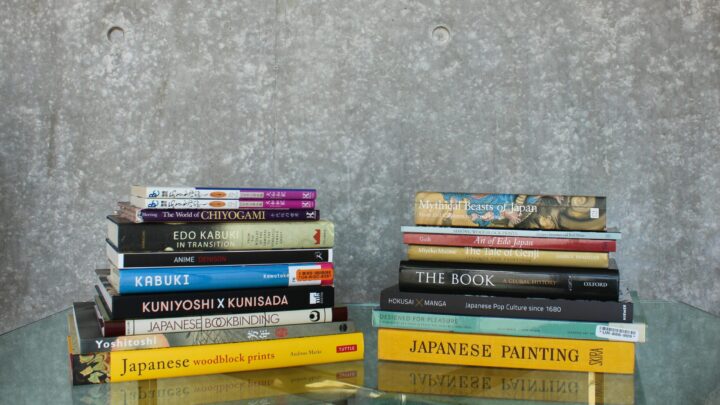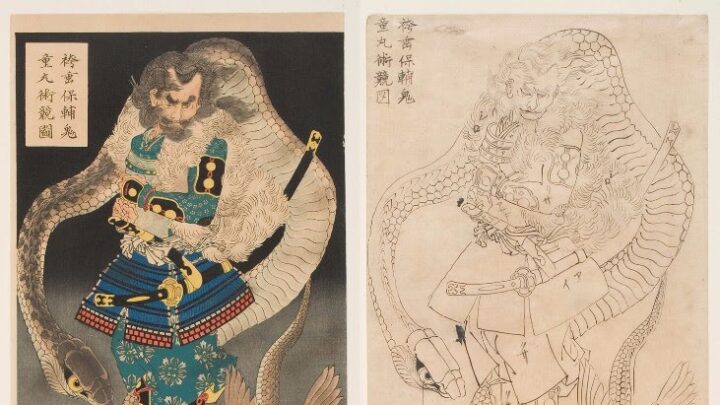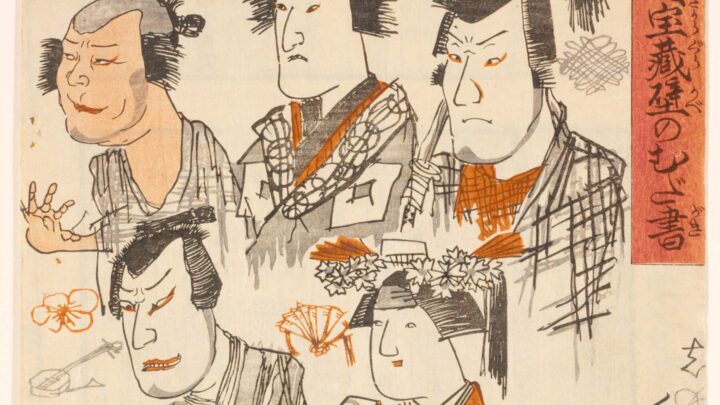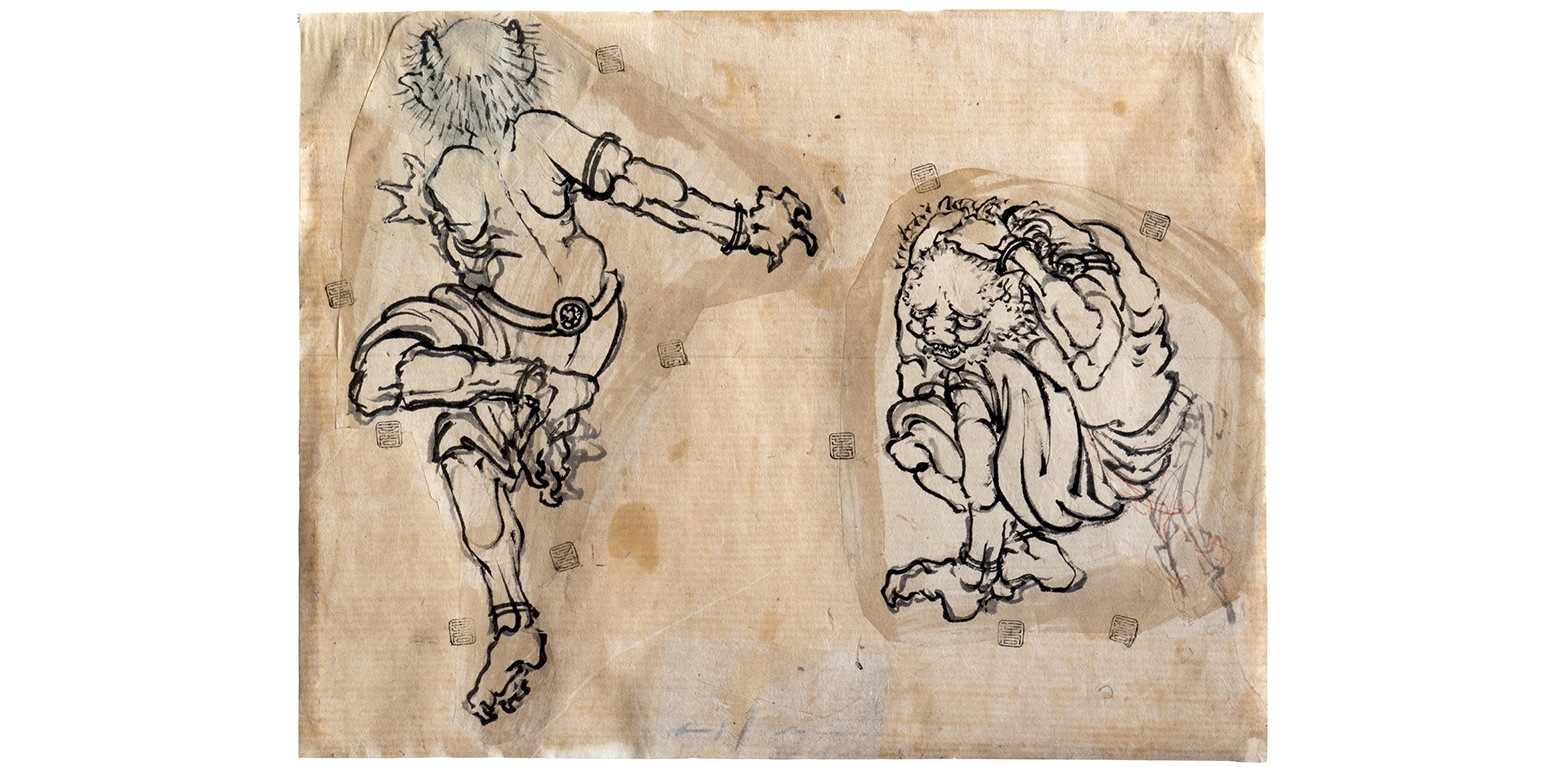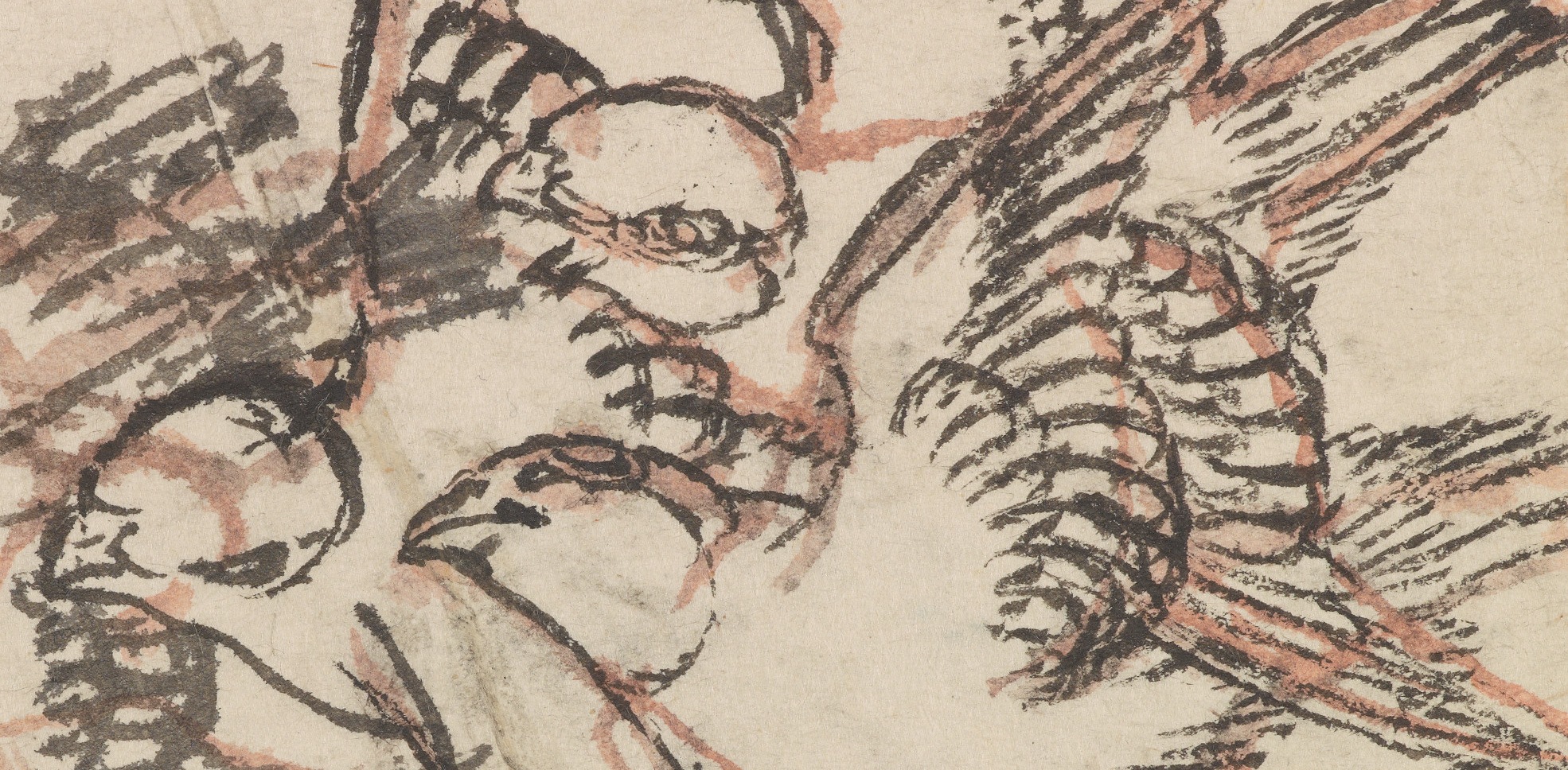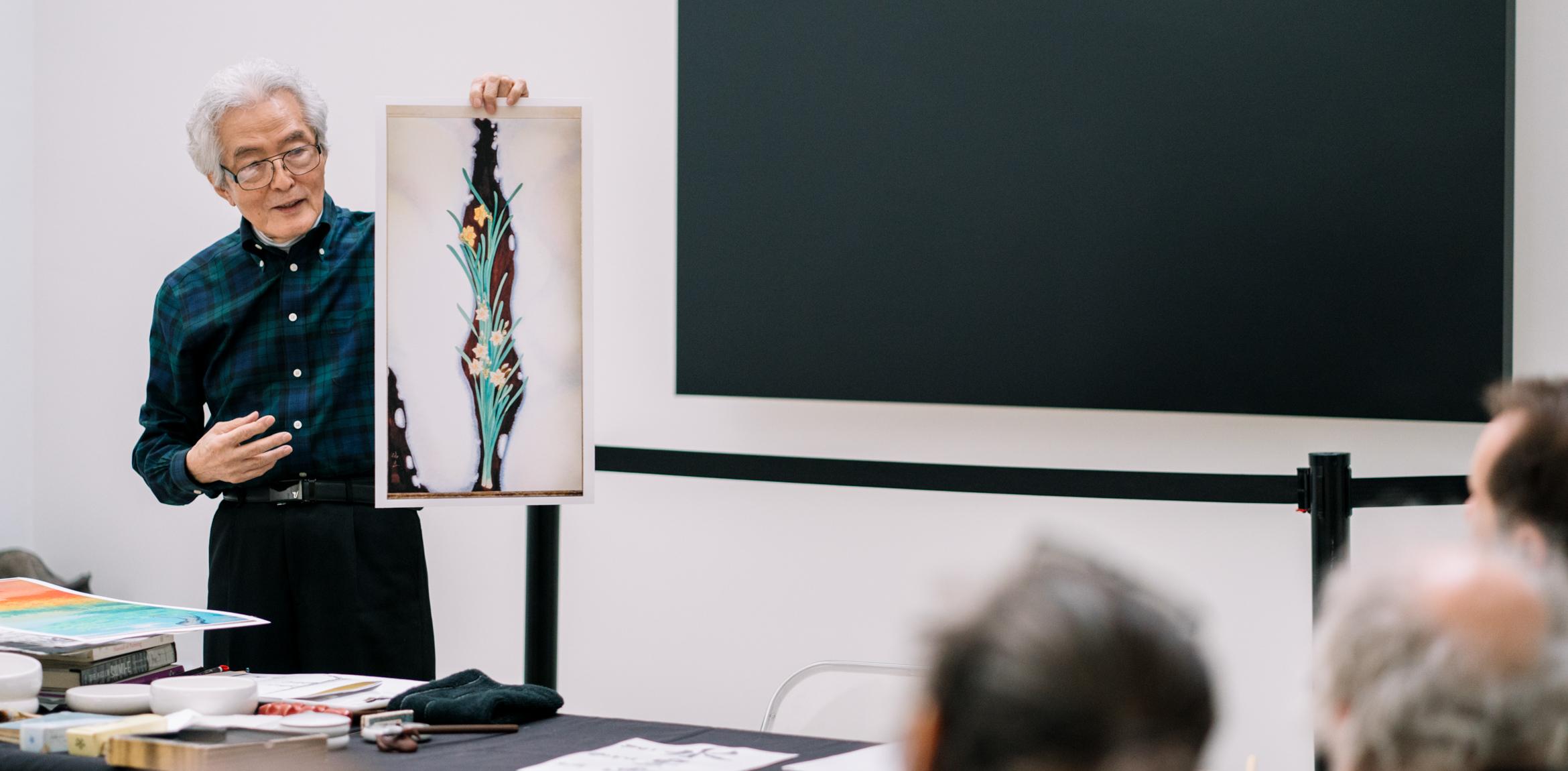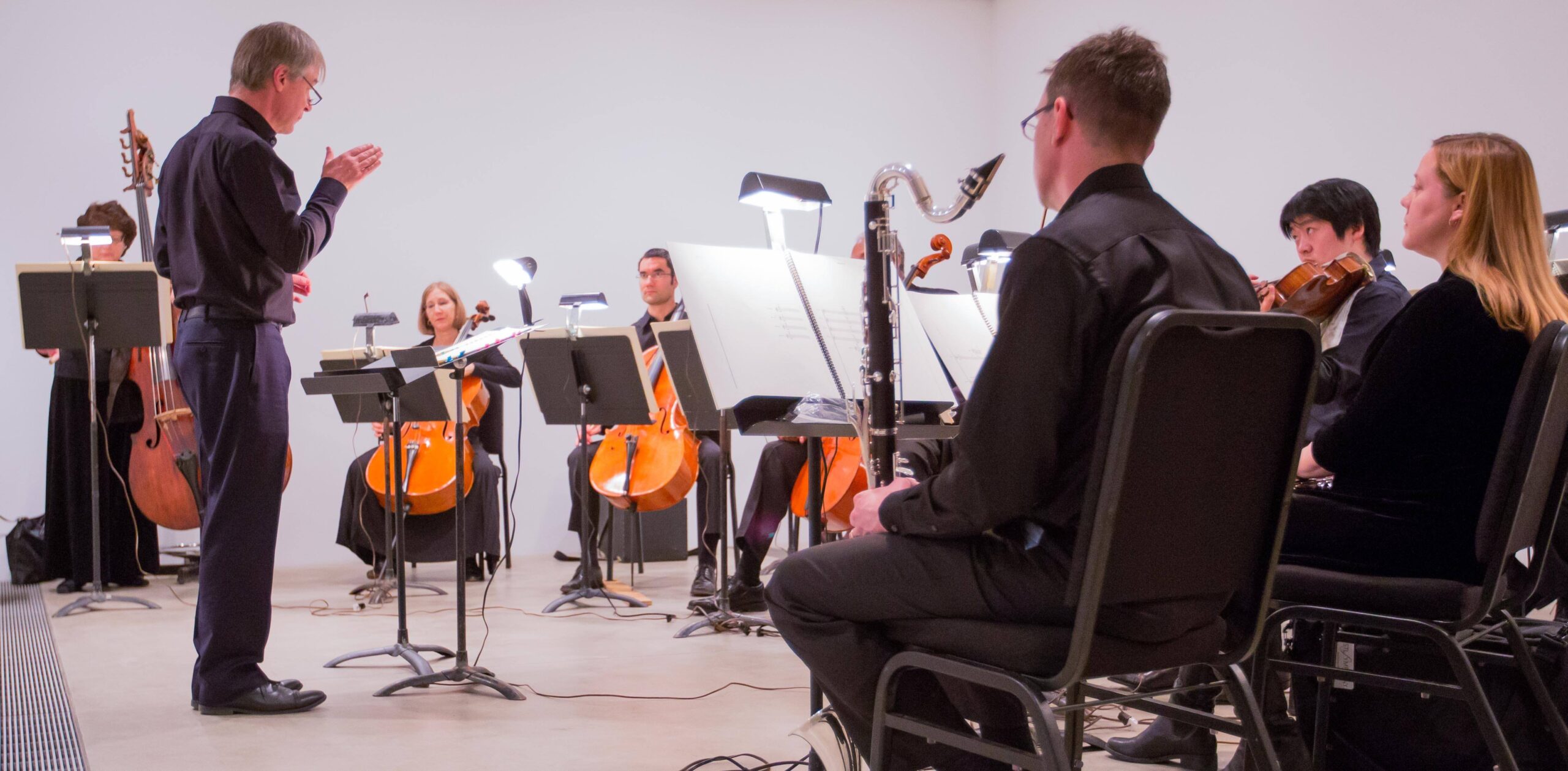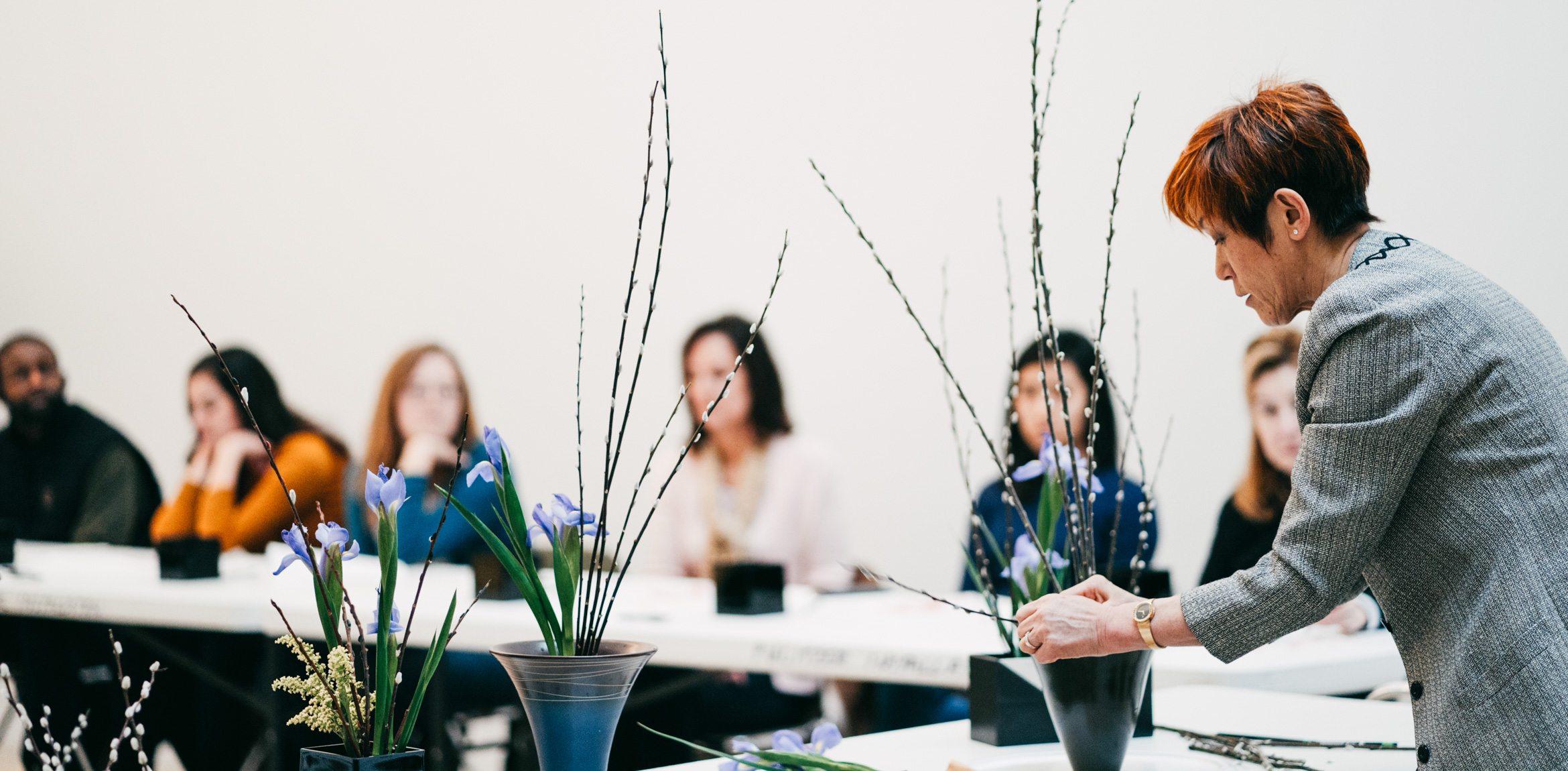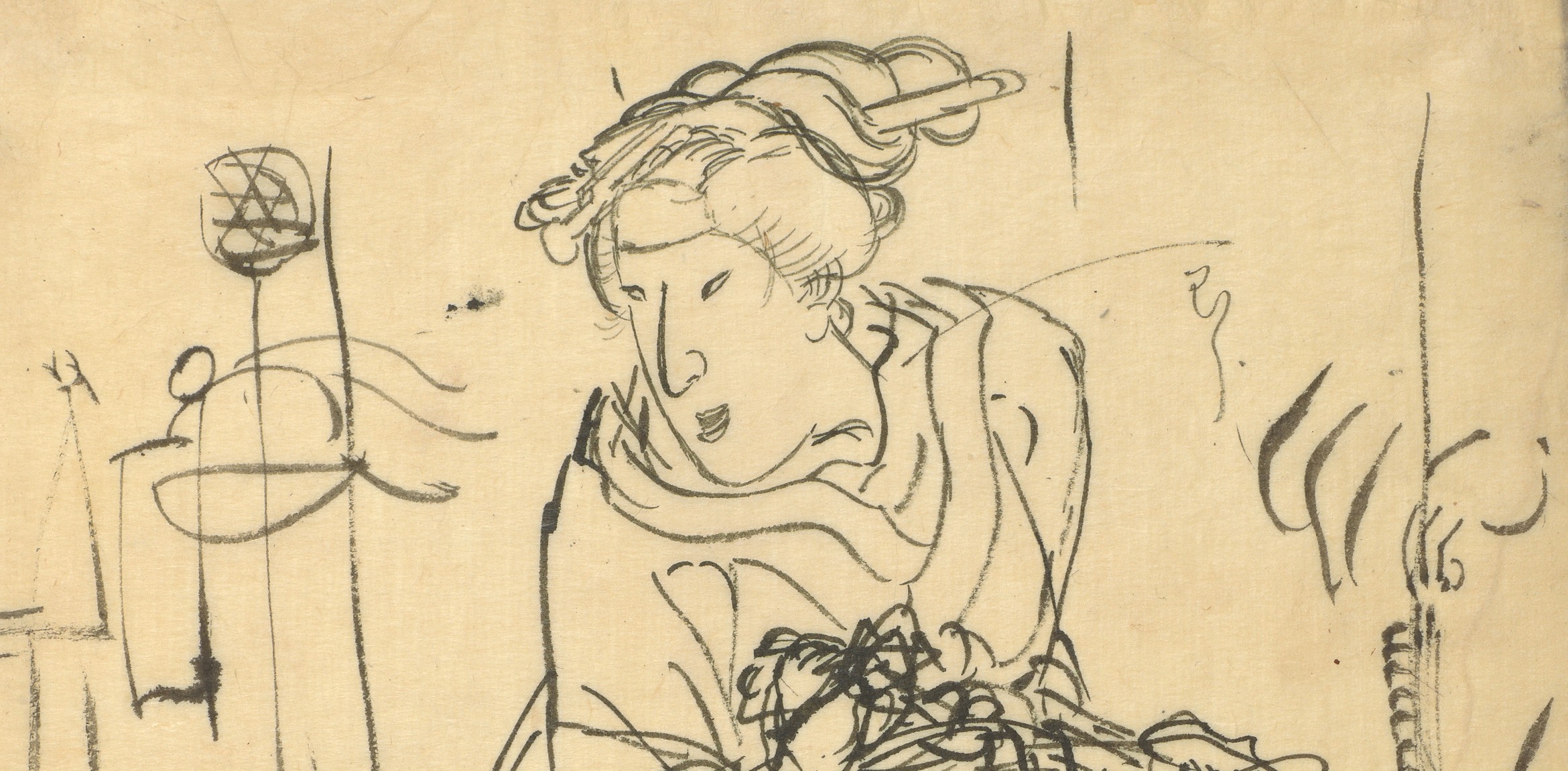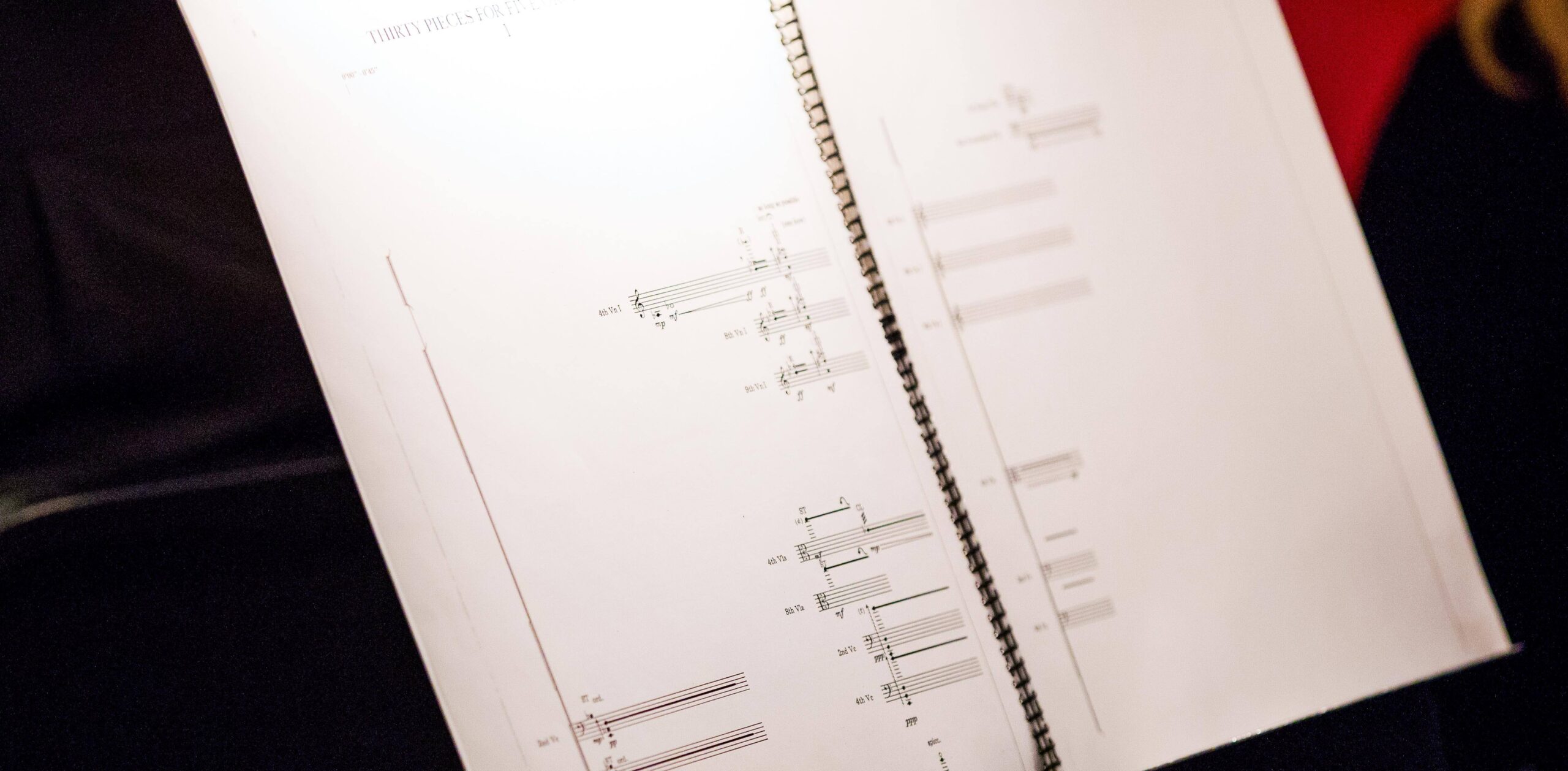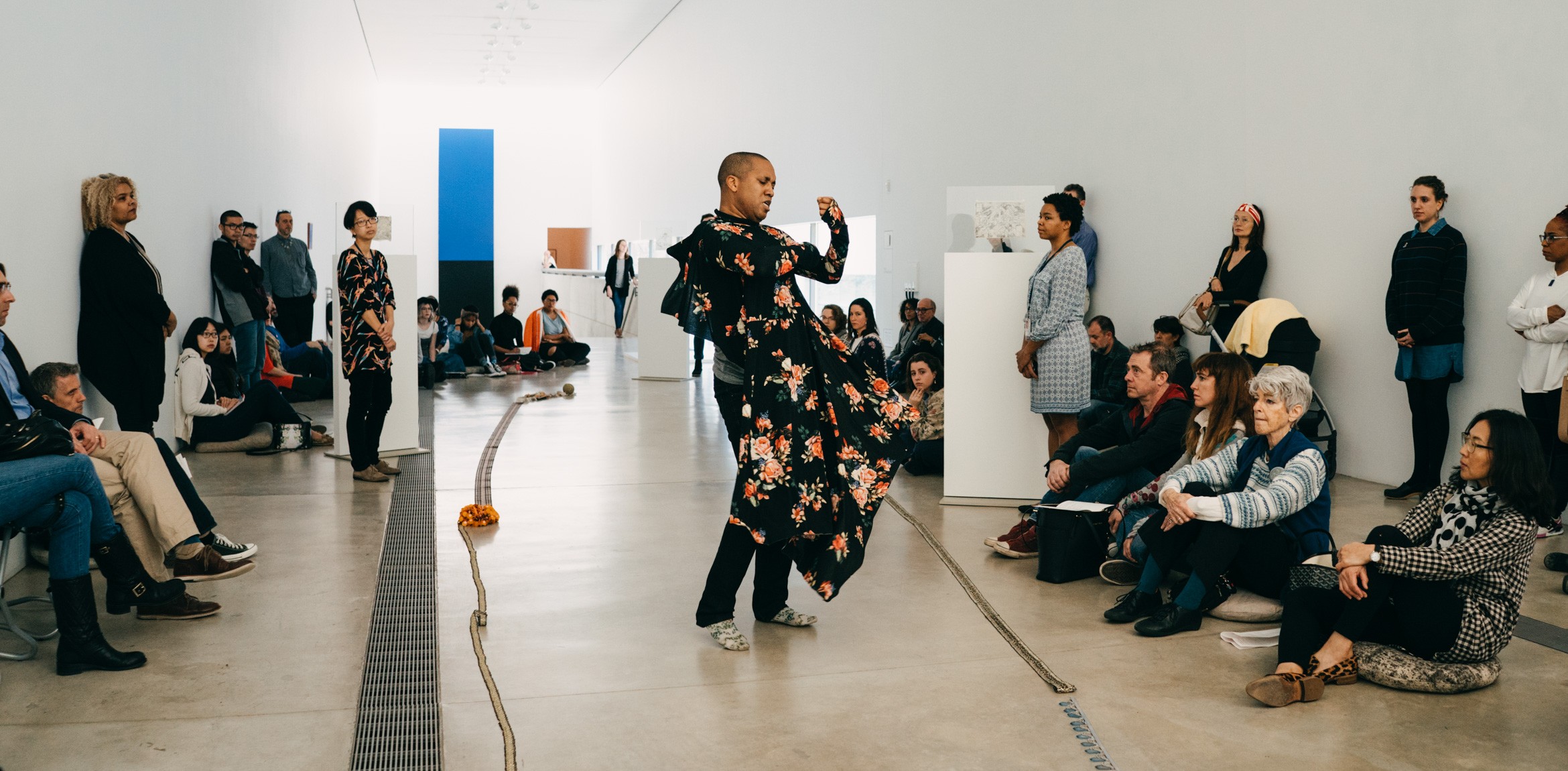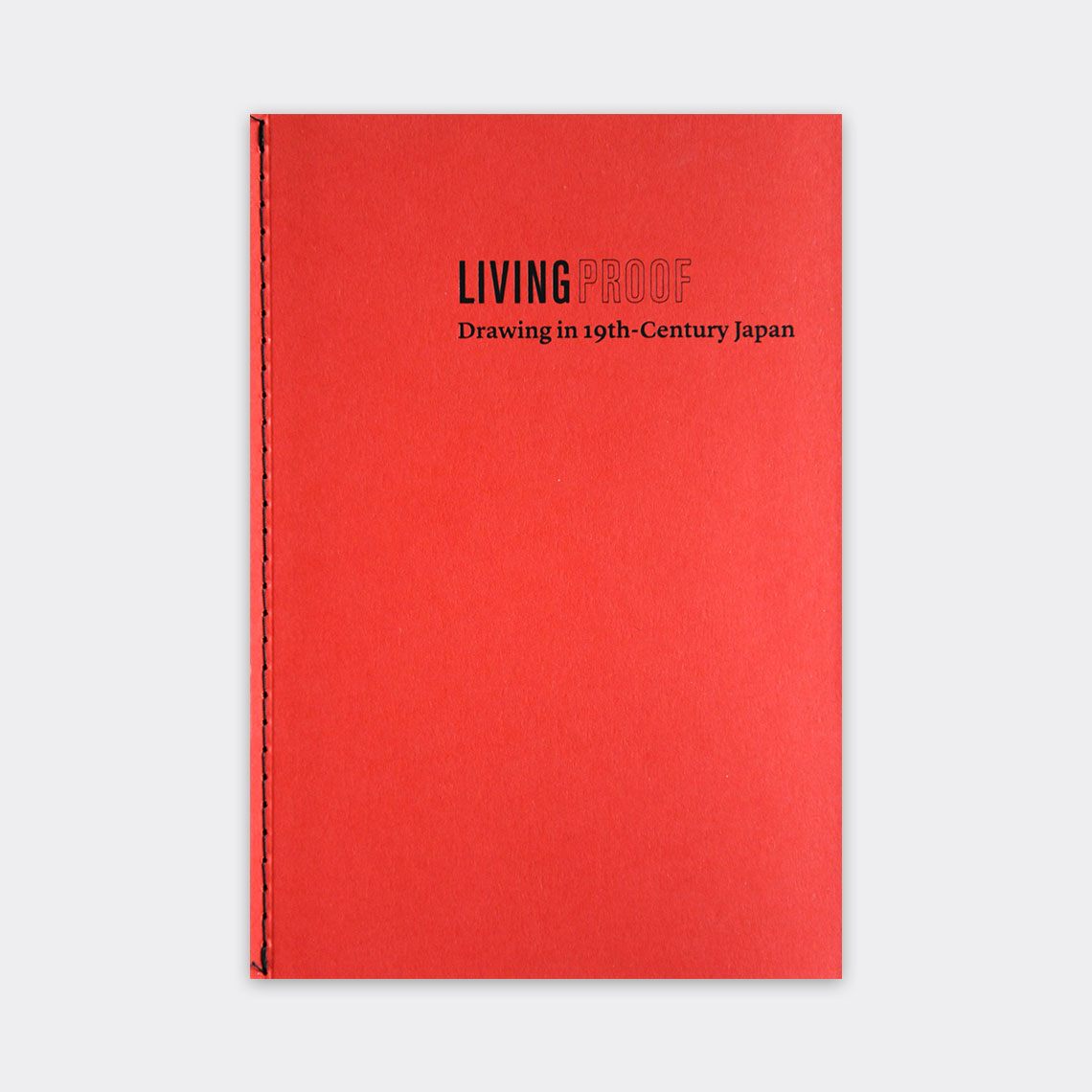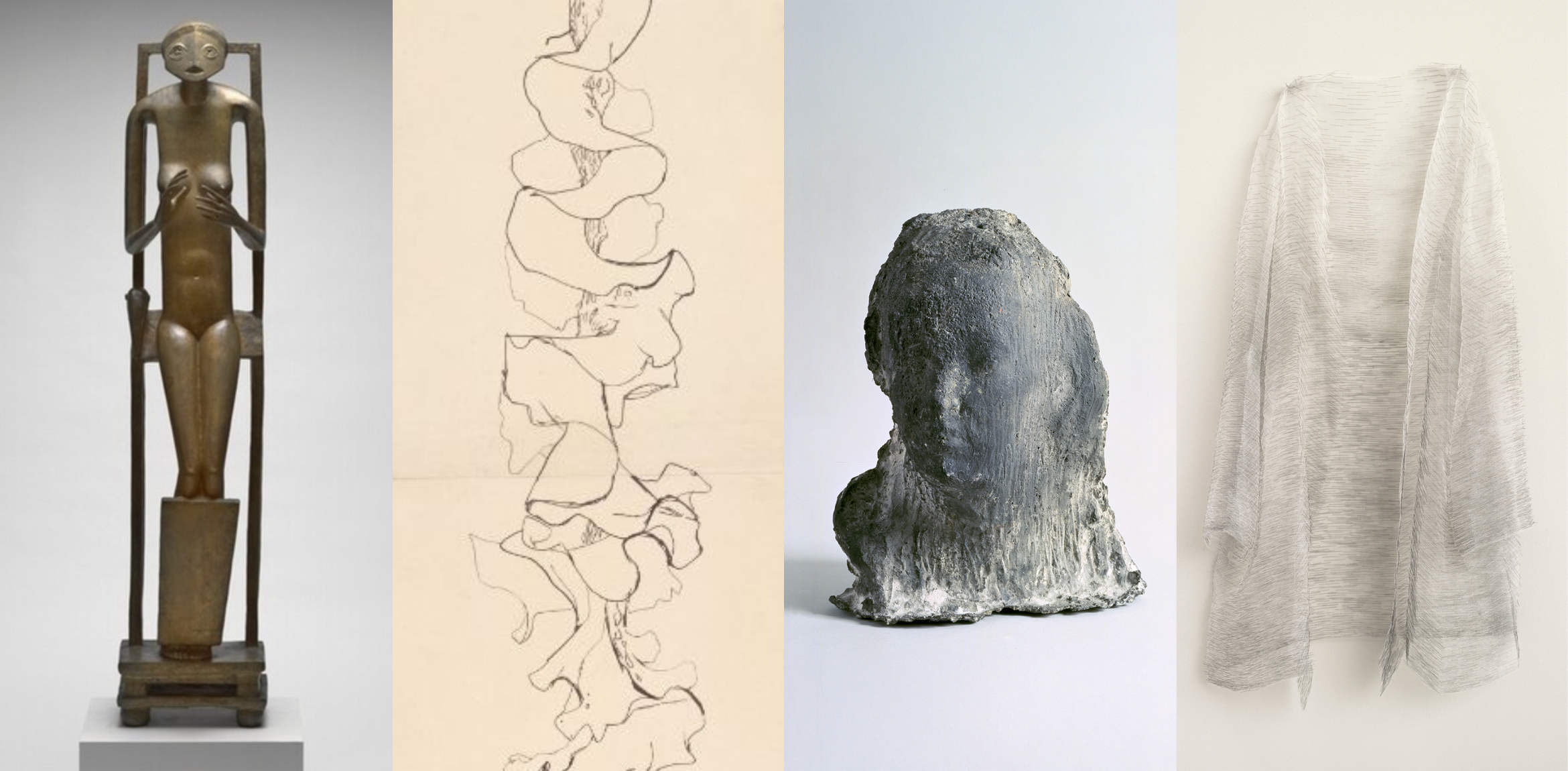The expressive power of line is central to the Japanese pictorial arts, and brush and ink drawings have long served as a vibrant way to conceive of artworks that would eventually be completed through printing or painting. Living Proof: Drawing in 19th-Century Japan calls attention to a number of different approaches to draftsmanship practiced by Japanese artists in the nineteenth century. There is no historical tradition of collecting drawings in Japan comparable to that in the West, and they were not elevated by their creators to the status of independent artworks. Rarely collected or exhibited in the modern era, those few that have been published are invariably displayed alongside finished works, thus framing them purely in terms of their preliminary status. Japanese drawings, however, often served as domains of artistic conception and experimentation, of preparation and instruction—arenas in which the traces of sophisticated decision-making remain visible.
Living Proof features nearly eighty works by artists including Hokusai, Kuniyoshi, and Yoshitoshi. Best known as print designers, their compositions were mediated in the final woodblock print through the contributions of separate carvers and printers. This exhibition thus offers a rare opportunity to witness the artist’s hand directly. Frequent alterations and reworkings of an initial sketch also reveal the various stages in their creative process. In many cases, drawings were also intended as a didactic tool to instruct or encourage drafting practices among students. By highlighting the often-unseen improvisations, alterations, and even imperfections that have been excluded from a celebrated history of printmaking in Japan, Living Proof reframes these drawings as artworks in their own right.
